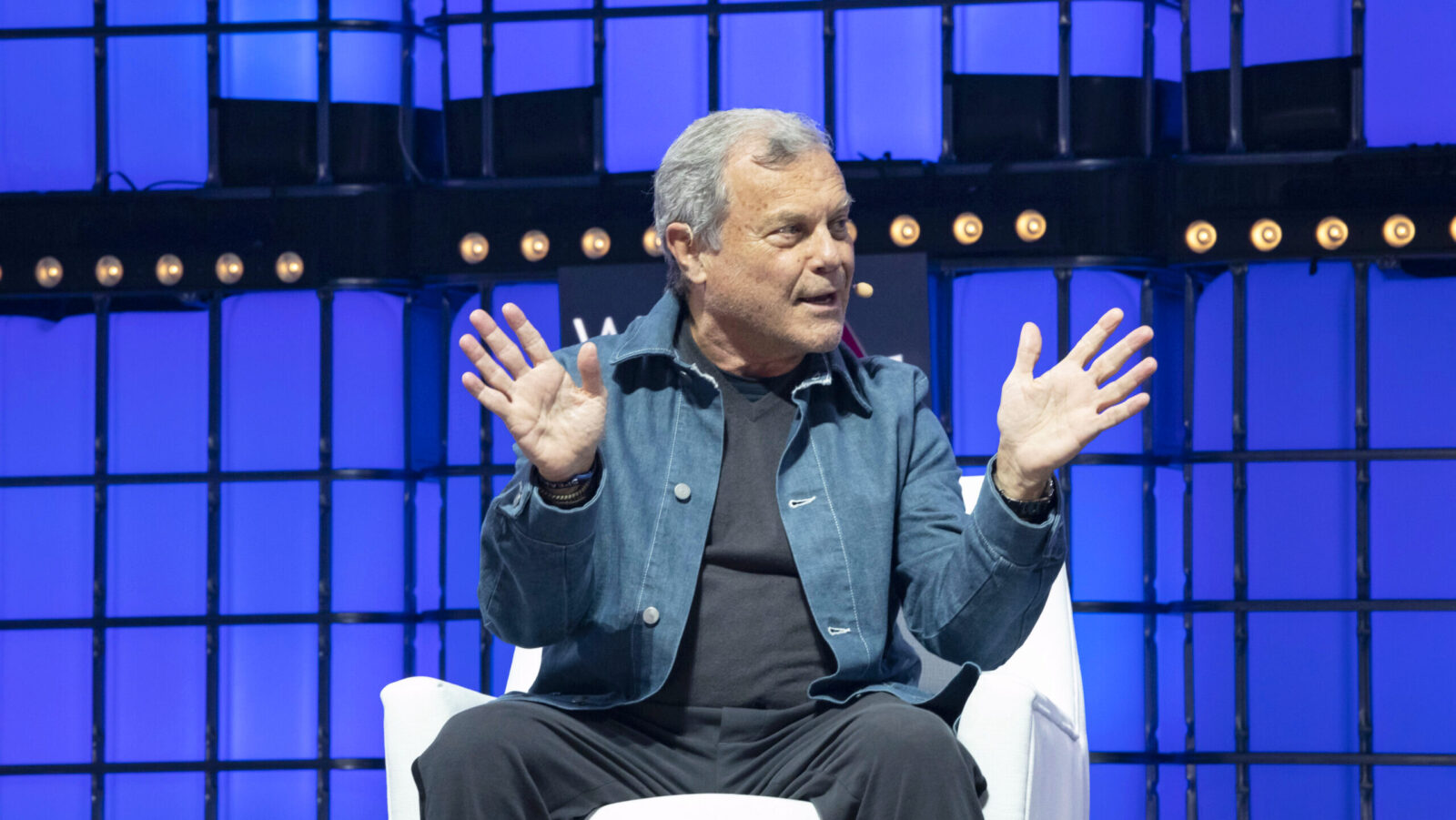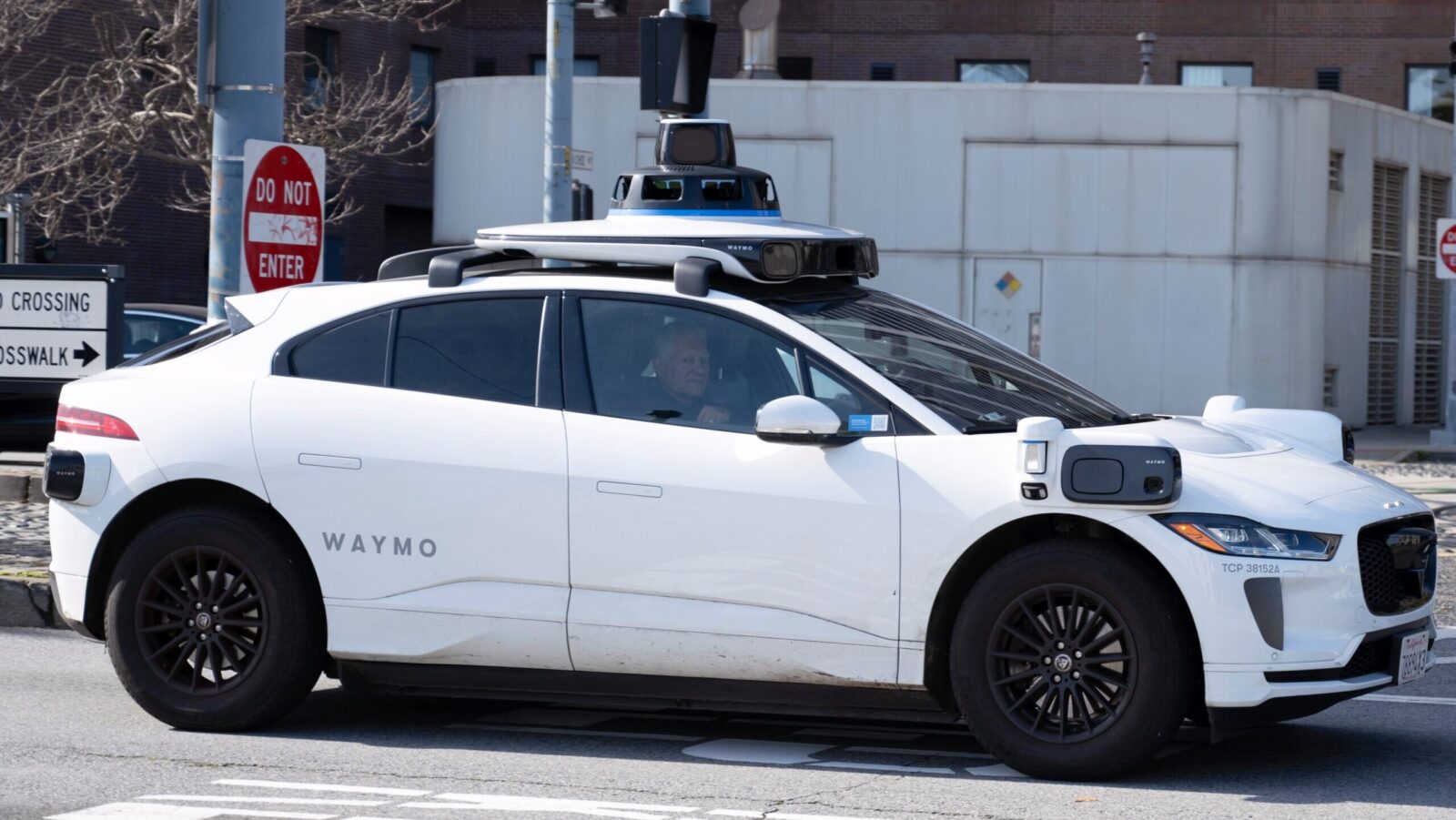Good morning, and happy Monday.
The US Food and Drug Administration green-lighted Novo Nordisk’s “miracle” weight-loss drug Wegovy on Friday as the first GLP-1 treatment for metabolic dysfunction-associated steatohepatitis (MASH), a serious liver condition that affects roughly 5% of US adults.
Wegovy is the weight loss brand name for semaglutide, which Novo also markets under the brand name Ozempic to treat diabetes. Together, the two have transformed the company’s business and brought in $26 billion in sales last year. However, increased competition from Eli Lilly’s competing GLP-1 treatment and copycat drugs recently led Novo to lower its annual sales and profit forecasts, and the company’s shares are down 39% this year. But if the miracle drug can now treat three relatively common medical conditions — obesity, diabetes and MASH — maybe it will soothe investor jitters, too.
Advertising Confronts AI-xistential Crisis

Marketing maverick Sir Martin Sorrell, who previously led WPP, started his media company S4 Capital as a “new-age” answer to the mega-agency model he helped usher in. But with a newer AI age arriving fast, S4 is struggling to adapt just like the old guard.
S4 has lost 97% of its market value since its 2021 peak, and as clients continue to slash their ad budgets, the company cut its forecast for the year. Last week, S4 said it was in talks to acquire UK marketing group MSQ, but MSQ didn’t get the memo. MSQ said it was surprised by the announcement and wasn’t pursuing the deal.
AI-Generated ‘Vogue’ Ads Are Just the Start
Mergers are just one of the strategies ad firms are employing to combat a growing threat from Big Tech, which already took over much of the distribution side of advertising. Nearly half of US ad spend last year went to Google and Meta, and tech giants armed with AI are now going after the rest.
Snap, Pinterest and Google are rolling out AI tools for editing ads and tweaking campaigns. Meta plans to release AI tools next year that’ll take the trend a step further, letting users create ads without any help from the world’s Don Drapers.
Ad agencies, meanwhile, are rushing to get a step ahead of the tech companies trying to replace them:
- WPP, whose profits plummeted 71% in the first half of this fiscal year, plans to invest $400 million in building its own AI tools to sell to clients. The agency also partnered with Stability AI to boost its AI offerings.
- Rival agency Publicis, whose revenue has fared better after winning clients like Coca-Cola and Mars from WPP, has also set hundreds of millions of dollars aside for its AI platform and related investments.
Uncertain Footing: Agencies’ AI moves could put them a step ahead of tech competitors … or cause them to trip over their own feet. WPP cut 7,000 jobs this spring, and outgoing CEO Mark Reed said he expects fewer people to be involved in advertising as AI grows. At the same time, clients aren’t just cutting budgets but also expecting discounts because of AI efficiencies, The Guardian reports. Creating the tools to let clients DIY more of the ad process, rather than rely on human teams, could overhaul agencies’ core offerings from services to products and narrow the scope of jobs in advertising to AI liaison.
AI Agents Can Create Unexpected Security Headaches

Companies are racing to deploy AI agents, often before fully understanding the risks. These agents are leveraging APIs, triggering workflows and handling sensitive data across critical systems.
The problem? Teams are discovering security gaps only after agents access the wrong data, overload services or make unintended changes.
Unlike traditional software that follows set paths, AI agents make autonomous decisions. They can exceed their intended scope, disrupt multiple systems or issue destructive commands without human review. One over-privileged agent is all it takes.
WorkOS prevents these problems with three core security controls:
- Machine-to-machine authentication that verifies agent identity.
- Scoped authorization that restricts agent access by design.
- Comprehensive audit logs that track every agent action.
Don’t let autonomous agents become a liability.
Can Robotaxis Take Manhattan?

Hey, robotaxis, we’re walking here! We’re walking here!!
Last week, Tesla took steps to bring its autonomous vehicles (AV) to the streets in New York City, following in the footsteps of Waymo, which began the process of bringing its services to the Big Apple earlier this summer. It’s just the latest move in the stop-and-go, uneven rollout of robotaxis nationwide.
On the Road
If you live in one of five US cities — San Francisco, Los Angeles, Phoenix, Austin and Atlanta — Waymo’s robotaxis may already feel like a regular part of the traffic bloodstream. The Alphabet-owned company recently claimed it’s providing 250,000 paid rides per week across the markets, way up from just a year ago. Increasingly, the company has competition: Waymo vehicles have been racing against Tesla’s robotaxi service for business in Austin since June, while Amazon’s Zoox robotaxi business hit the Las Vegas Strip last month after the company scored a crucial exemption from the National Highway Traffic Safety Administration.
Next up: conquering New York gridlock, where some 200,000 for-hire vehicles licensed by the city complete approximately 1 million trips per day, according to city data. Waymo applied for a city license in June and began a pilot testing program last month. Tesla, meanwhile, is taking a “move fast and break rules” approach familiar to its founder. Last week, the EV titan posted job listings for AV test drivers, even though the state’s Department of Transportation told Gizmodo that the company had not received permits to test AVs in the city.
The push into New York comes as other auto industry players expand their AV ambitions:
- Last week, Bloomberg reported that GM is seeking to lure back employees who had worked on its now-defunct self-driving Cruise unit, as the auto giant revives its AV project. Sources told Bloomberg the company is focusing on self-driving cars for consumers rather than robotaxis.
- In July, Uber announced a $300 million investment in EV firm Lucid, as well as an undisclosed investment in AV tech firm Nuro, with plans to bring 20,000 Lucid robotaxis equipped with Nuro tech to the roads in the next six years. Waymo offers its services through Uber’s app in Austin and Atlanta; in May, Uber CEO Dara Khosrowshahi said that Waymo AVs complete more rides per day than 99% of Uber drivers in Austin.
Fare is Fair: Still, the massive capital needed for research, development and production means “the autonomous space in the US will remain largely unprofitable until scale increases and vehicle costs materially decline,” JPMorgan analyst Doug Anmuth recently told the Financial Times. The story has been different in China, according to a Rest of World feature published last week, which said that AV players are enjoying the fruits of government spending and a top-down regulatory approach, compared to municipal control in the US. By 2030, the China Society of Automotive Engineers estimates that as many as 20% of cars sold in the country will be fully driverless.

Ease Into Your Next Chapter. You’ve worked hard to save for retirement, now let your portfolio do some heavy lifting. The Definitive Guide to Retirement Income covers seven ways you can use a $1M+ portfolio to generate income so you can enjoy life. Plus, get insights to help you understand your cash flow needs and manage your monthly expenses. Get the guide.
Oil Drilling Stuck Near 4-Year Lows, Thanks to Energy Policy Puzzle
“Drill, baby, drill” — the pro-oil mantra that the Trump administration rode in on in January — is playing out more like “chill, baby, chill.”
The number of operating US oil and gas rigs held flat at 539 last week, according to Baker Hughes. The figure, seen as a key indicator of future output, is hovering near four-year lows and has fallen by 47 rigs in the past 12 months.
The Rig is Up
The White House essentially rolled out the petroleum-based polyester red carpet for the oil and gas industry this year, cutting regulations, offering up more public land for drilling at slashed royalty rates, ending wind, solar and electric vehicle incentives; and sticking tax giveaways in the GOP’s One Big Beautiful Bill Act. But it takes a world to move oil markets, which ultimately dictate the incentives to drill, and even the might of a US administration ideologically devoted to fossil fuels has struggled to change that. The proof is in the macro.
Oil inventories are set to accumulate at 2.96 million barrels per day next year, pushing the world toward a record supply glut, the International Energy Agency’s (IEA) latest monthly report said last week. Global oil demand is also growing at less than half the rate seen in 2023, the IEA added, while consumption in the world’s second-largest economy, China, is set to peak earlier than expected in 2027. On the supply side, OPEC+, which includes Saudi Arabia and Russia, is set to hike production next month despite warnings from the IEA that it could tip the world into oversupply later this year. And all of this means that the price of oil is under pressure:
- The US crude oil benchmark, West Texas Intermediate, was at $63 on Friday, not far off the $62 four-year low it touched in May. Most oil and gas analysts calculate that the break-even point for newly drilled wells is about $60 per barrel, but that doesn’t factor in elevated tariffs on raw materials like steel and equipment that companies are now facing.
- There are, nevertheless, some signs that future demand could pick up: Wood Mackenzie analysts estimated earlier this year that a slower transition to clean energy, clearly the Trump administration’s preference, could mean the world requires about 5% more oil per year than previously forecast beginning in the mid-2030s. Roughly 100 billion extra barrels of oil and gas, they estimated, would be needed by 2050 to close the resulting gap.
Ultimately, the Trump administration’s desired outcomes have yet to materialize. Oil output is increasing at a slower rate than it did last year. Prices at the pump have changed little since the president’s inauguration. Crude oil exports are falling, including by nearly 12% year-over-year in May, the latest month with available data. The Dallas Fed’s latest quarterly survey of oil industry executives was pessimistic, to say the least, with more than half saying they will probably drill fewer wells this year than they initially planned.
Crude Outlook: The cost equation for US oil firms is also about to get worse: The US Energy Information Administration (EIA) said last week that it expects the per-barrel price of crude to fall below $60 by the end of the year and average close to $50 in 2026. Because of increases in well productivity, the EIA said it still anticipates that American crude output will hit a record 13.6 million barrels per day in December. Afterward, however, it expects US producers “will pull back on drilling and well completion activity” and bring output down to 13.3 million per day.
Extra Upside
- The Uncle Sam Bump: Intel shares had their best week in decades amid reports the US government is considering taking a stake in the company, possibly with funds from the US Chips Act.
- Diamond in the Rough: Jewelry makers Pandora and Richemont-owned Cartier said Americans are splurging on their precious goods, even as Chinese and European consumers have pulled back amid economic uncertainty.
- The World’s Biggest (And Best) Retail Investing Event. Join 20,000+ everyday investors and hear from market experts like Ark Invest’s Cathie Wood at Finimize’s two-day Modern Investor Summit. Grab your early bird ticket now – free with Finimize.*
* Partner

